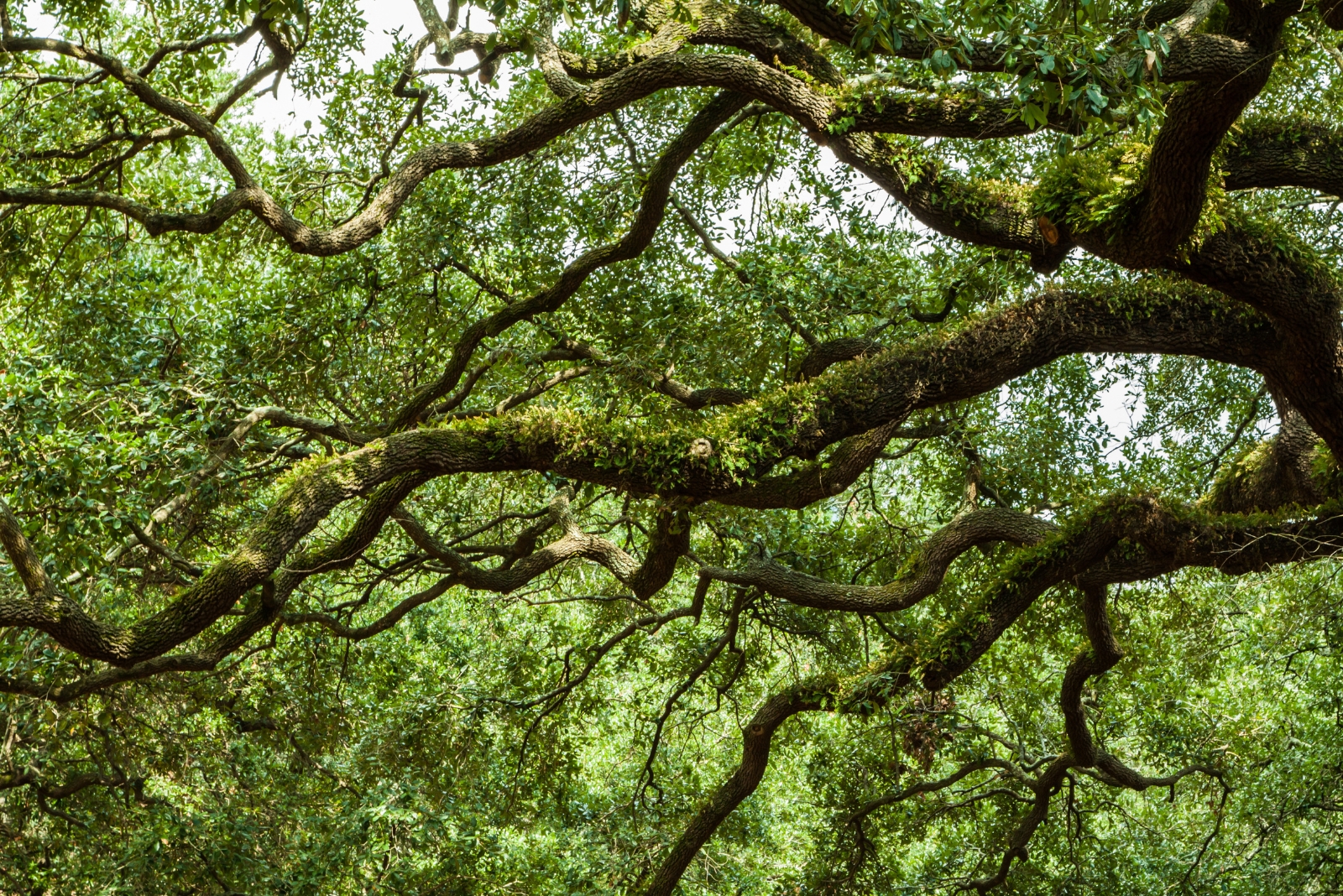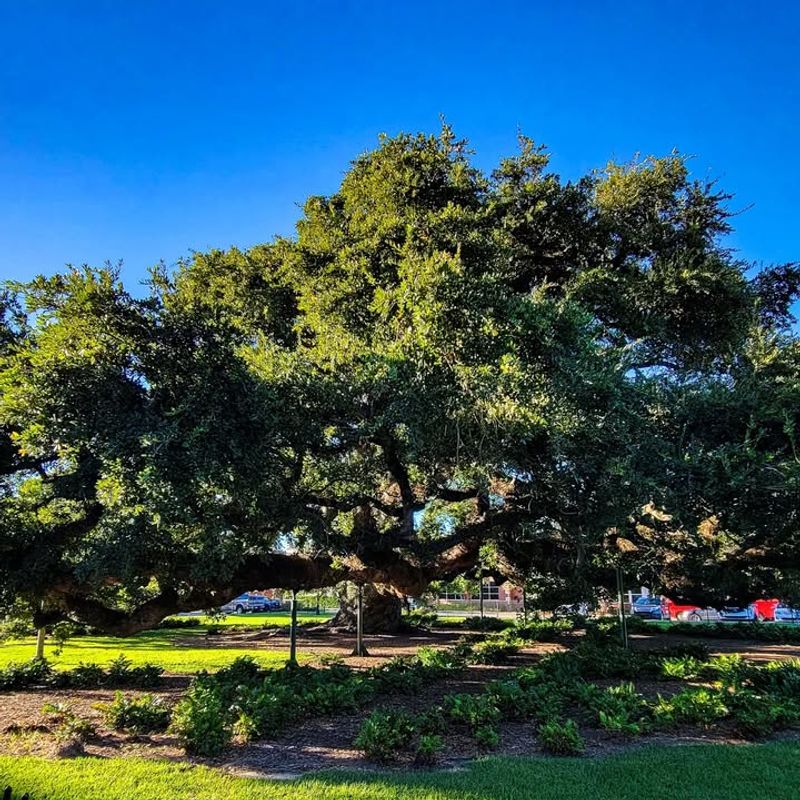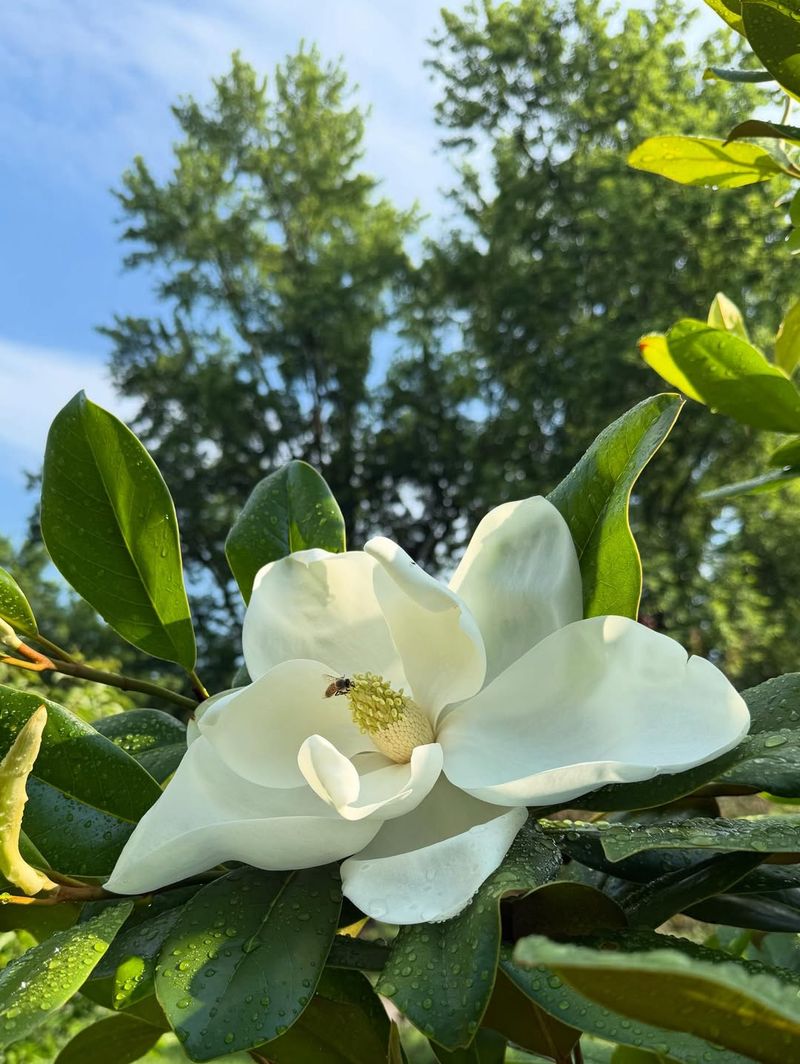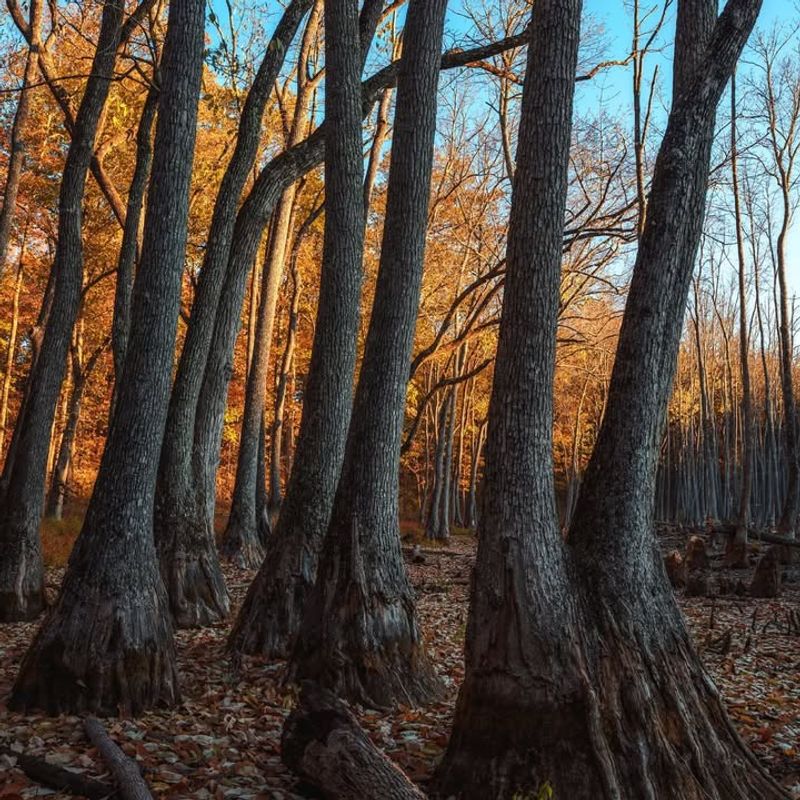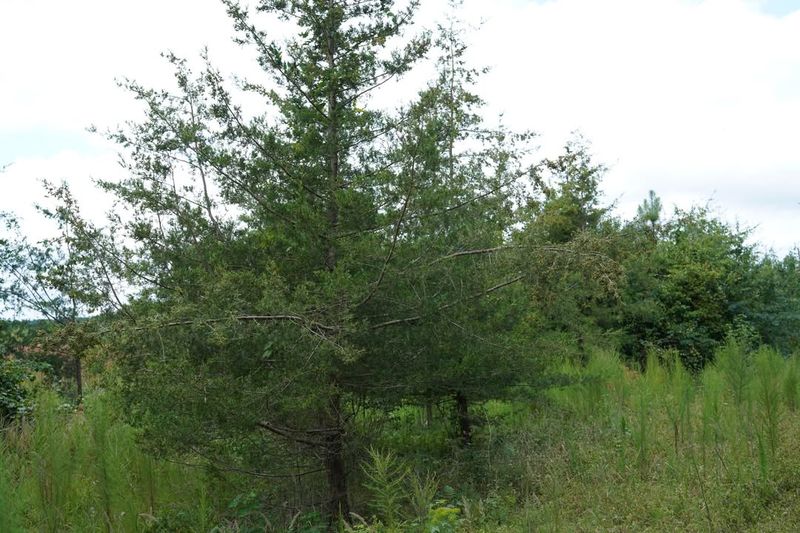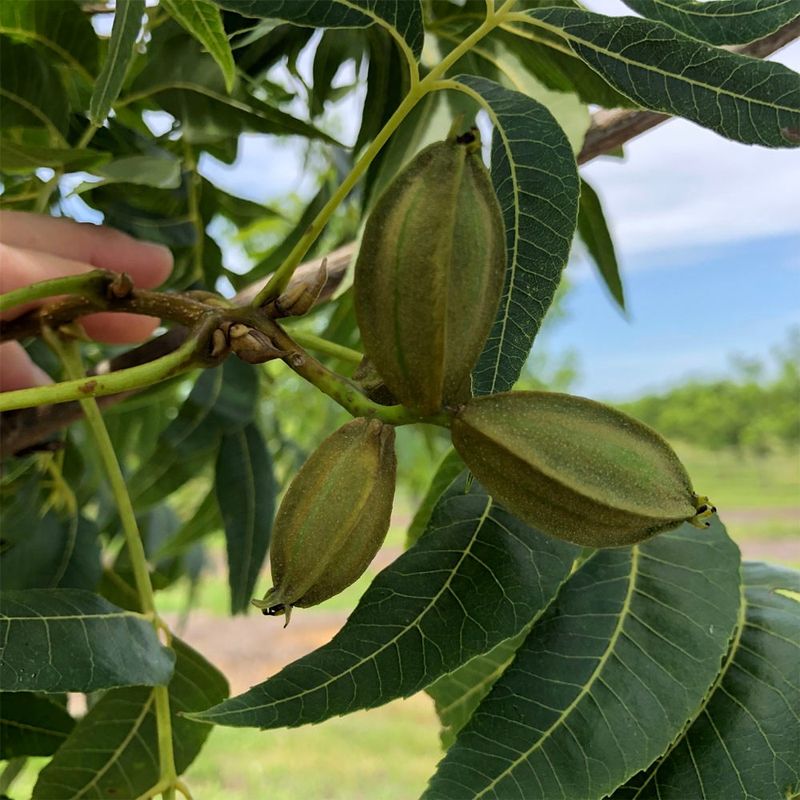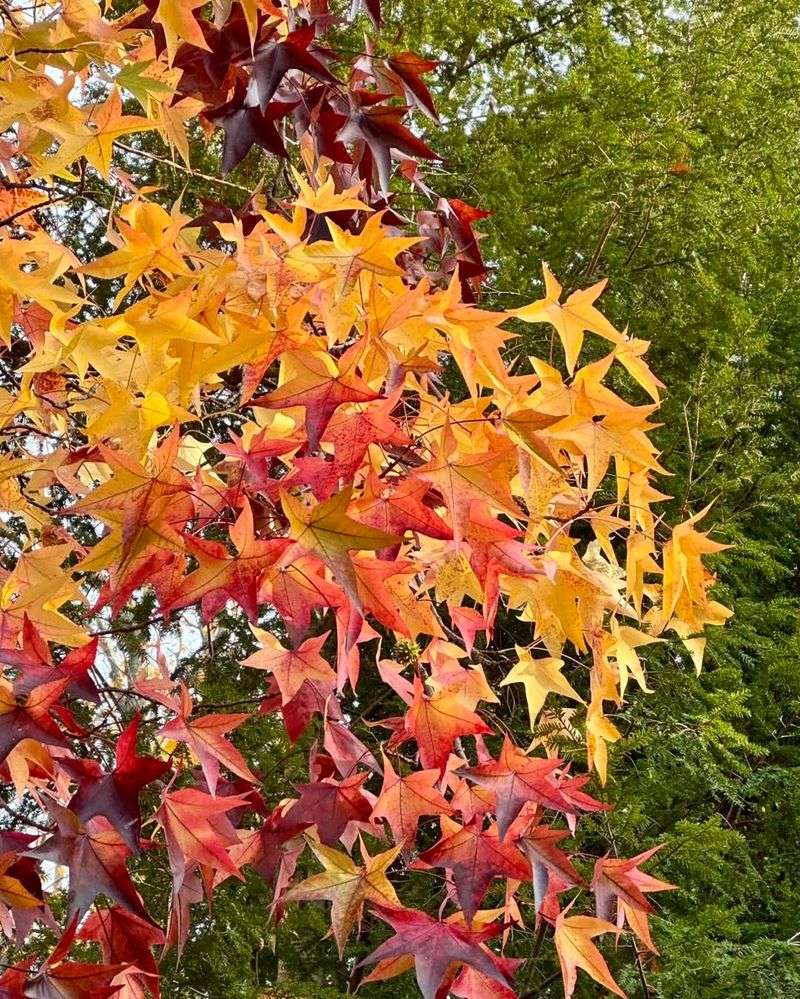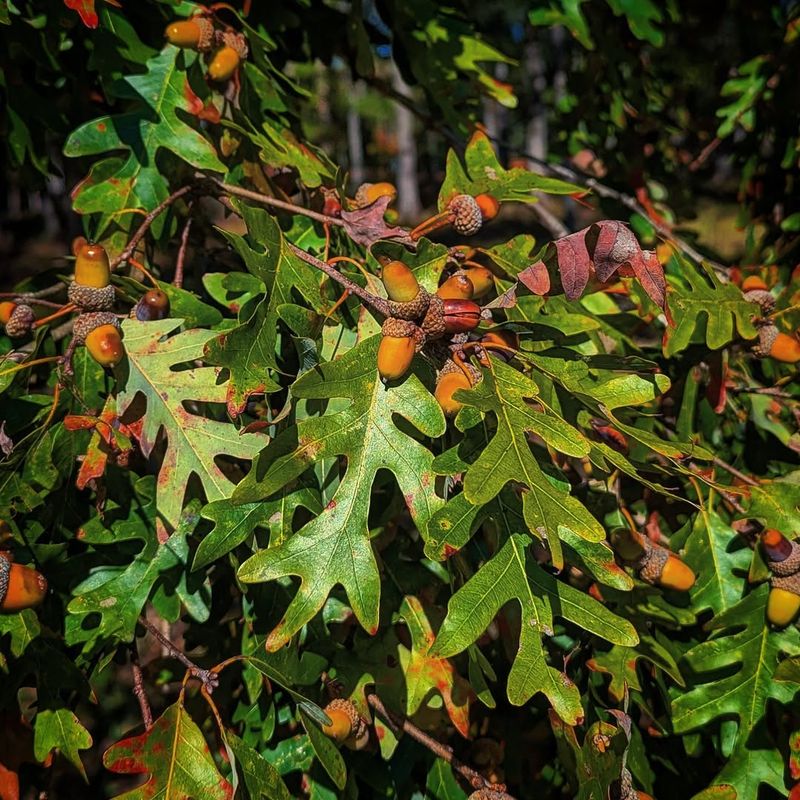South Carolina’s trees add so much beauty, but some of them come with strict protection. I once watched a neighbor almost cut one down before realizing it was on the state’s do-not-touch list.
These species are part of what makes local landscapes so special. Before grabbing a saw, it’s worth checking if your tree has legal roots you can’t disturb.
1. Live Oak
With branches that stretch like welcoming arms, the live oak stands as South Carolina’s most iconic tree. Property owners across the Palmetto State must obtain special permits before removing these beauties, especially in coastal areas where they’re heavily protected.
Live oaks can live for centuries, providing shade and habitat for countless creatures. Their wood is incredibly strong, which made them valuable for shipbuilding in earlier times.
Removing one without authorization can result in fines reaching thousands of dollars in many South Carolina municipalities.
2. Bald Cypress
Standing tall in South Carolina’s swamps and wetlands, bald cypress trees create unique ecosystems that filter water and prevent erosion. Their distinctive “knees” that poke up from the water make them easy to identify around the state.
These ancient giants can survive for over a thousand years when left undisturbed. South Carolina protects them fiercely because they stabilize shorelines and provide critical wildlife habitat.
Cutting one down in protected wetland areas violates both state and federal environmental laws.
3. Longleaf Pine
Once covering millions of acres across the Southeast, longleaf pines have become rare treasures worth protecting. South Carolina has made restoring these fire-adapted trees a priority because they support incredible biodiversity.
Their extremely long needles—sometimes reaching 18 inches—make them unmistakable in the landscape. Longleaf pine ecosystems host endangered species like red-cockaded woodpeckers.
Many conservation programs in South Carolina now protect remaining stands, making unauthorized removal a serious offense that damages irreplaceable habitat.
4. American Holly
Bright red berries and glossy evergreen leaves make American holly a year-round standout in South Carolina yards and forests. Beyond their beauty, these trees provide essential winter food for birds when other sources become scarce.
Holly trees grow slowly, taking decades to reach their full majesty. South Carolina protects mature specimens in certain areas because they’re becoming increasingly rare.
Their dense foliage creates important shelter for wildlife throughout the Palmetto State’s sometimes harsh winters.
5. Southern Magnolia
Nothing says Southern charm quite like a magnolia’s huge white blooms perfuming the air on warm South Carolina evenings. These evergreen beauties have become symbols of the region’s heritage and natural splendor.
Their leaves stay green all year, providing constant beauty and shade. Many historic properties throughout South Carolina have century-old magnolias that are legally protected as heritage trees.
Removing them requires special permission and often isn’t granted because they’re considered irreplaceable parts of the landscape.
6. Palmetto Palm
As South Carolina’s official state tree, the palmetto palm holds special status that comes with legal protections. You’ll spot these distinctive palms throughout the Lowcountry, where they’ve survived hurricanes for generations.
Their fan-shaped fronds have become symbols of resilience across the Palmetto State. During the Revolutionary War, palmetto logs absorbed British cannonballs, earning the tree legendary status.
Today, removing palmettos in certain South Carolina communities requires permits, and unauthorized cutting can trigger significant penalties.
7. Tupelo Gum
Tupelo gum trees thrive in South Carolina’s wettest areas, where their swollen bases help them stand firm in flooded conditions. Bees love their spring flowers, producing the famous tupelo honey prized by locals.
Come autumn, these trees explode with brilliant red, orange, and purple leaves that reflect beautifully in swamp waters. South Carolina protects them in wetland conservation areas because they prevent soil erosion.
Their roots create underwater habitats where fish spawn and young wildlife find shelter throughout the state.
8. Atlantic White Cedar
Rare and beautiful, Atlantic white cedar grows in only a few special places across South Carolina’s coastal plain. Its aromatic wood resists decay, which unfortunately led to overharvesting in past centuries.
Now, remaining stands receive strict protection because they represent unique ecosystems found nowhere else. The tree’s dense evergreen foliage provides year-round cover for birds and small mammals.
South Carolina considers these wetland areas critical habitats, making it illegal to remove cedars without extensive environmental review and permits.
9. Pecan
Pecan trees represent both natural heritage and agricultural tradition throughout South Carolina. Some communities protect large, mature pecans as historic trees, especially those planted by early settlers or on significant properties.
A single mature pecan can produce hundreds of pounds of delicious nuts each fall. Their deep roots help prevent erosion while their broad canopies provide cooling shade during South Carolina’s sweltering summers.
Cutting down heritage pecans often requires approval from local preservation boards.
10. Sweetgum
Star-shaped leaves and spiky seed balls make sweetgum trees instantly recognizable across South Carolina neighborhoods and forests. Though some homeowners complain about the prickly seed pods, these trees play important ecological roles.
Their brilliant fall colors—ranging from yellow to deep purple—create stunning autumn displays throughout the Palmetto State. Sweetgums grow quickly and help reforest disturbed areas.
In certain South Carolina conservation zones, removing them requires permits because they stabilize soil and provide valuable wildlife food.
11. Overcup Oak
Named for acorns nearly covered by their caps, overcup oaks thrive in South Carolina’s flood-prone bottomlands where few other trees survive. Their ability to tolerate standing water for months makes them irreplaceable in wetland ecosystems.
Wildlife depend on their acorns for food throughout autumn and winter. South Carolina protects these oaks in designated wetland conservation areas because they prevent flooding downstream.
Their deep roots filter pollutants from water, improving quality throughout the state’s river systems and watersheds.

